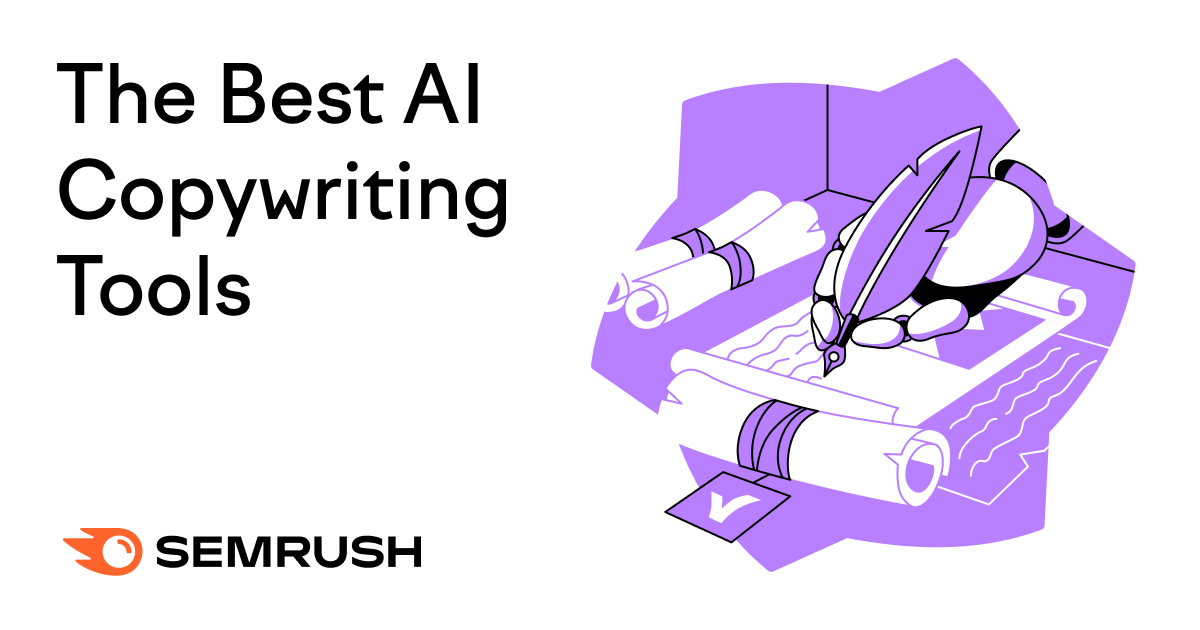Artificial Intelligence (AI) has revolutionized numerous industries, and copywriting is no exception. As businesses strive to create compelling content that resonates with their audience, AI-powered tools are emerging as valuable allies in the creative process. This article explores the various ways AI can enhance copywriting quality, streamline workflows, and boost overall marketing effectiveness. One of the most significant advantages AI brings to copywriting is its ability to conduct rapid, comprehensive research. AI-powered tools can analyze vast amounts of data, including market trends, consumer behavior, and competitor strategies, providing copywriters with invaluable insights. This wealth of information allows writers to create more targeted, relevant content that speaks directly to their audience's needs and interests. AI writing assistants excel at maintaining grammatical accuracy and style consistency across various pieces of content. These tools can detect and correct errors in real-time, ensuring that the final copy is polished and professional. Moreover, they can help maintain a consistent brand voice across different platforms and campaigns, which is crucial for building a strong brand identity. AI algorithms can analyze engagement metrics and user behavior to determine what types of content perform best. This data-driven approach allows copywriters to optimize their content for maximum impact. By understanding which headlines, calls-to-action, and content structures resonate most with the target audience, writers can refine their approach and create more effective copy. Personalization is key in modern marketing, and AI makes it possible to create personalized content at scale. By analyzing user data and behavior patterns, AI can help generate tailored copy for different segments of the audience. This level of personalization can significantly improve engagement rates and conversion rates across various marketing channels. While AI is not yet capable of replacing human creativity entirely, it can assist in generating initial drafts or variations of copy. This capability is particularly useful for creating large volumes of content, such as product descriptions or social media posts. Copywriters can use these AI-generated drafts as a starting point, adding their creative touch and expertise to refine the final product. AI tools equipped with natural language processing capabilities can analyze the emotional tone and sentiment of copy. This feature helps writers ensure that their content evokes the intended emotional response from readers. By fine-tuning the emotional impact of their copy, writers can create more compelling and persuasive content. For businesses operating in global markets, AI can facilitate the creation of multilingual content. Advanced translation algorithms can help copywriters adapt their content for different languages and cultures, ensuring that the message remains effective across various markets. This capability allows for more efficient expansion into international markets without compromising on content quality. AI tools can provide real-time suggestions for improving the SEO performance of copy. By analyzing search trends and keyword effectiveness, these tools can guide writers in creating content that is not only engaging for readers but also optimized for search engine visibility. This integration of SEO best practices into the writing process can significantly improve organic traffic and content discoverability. AI can streamline the process of A/B testing different versions of copy. By analyzing historical data and current trends, AI algorithms can predict the performance of different copy variations, allowing writers to make data-informed decisions before publication. This predictive capability can save time and resources in the testing phase and lead to better-performing content from the outset. Rather than replacing human creativity, AI serves as a powerful tool to enhance it. By handling routine tasks and providing data-driven insights, AI frees up copywriters to focus on the creative aspects of their work. This collaboration between human creativity and AI capabilities can lead to more innovative and effective copywriting. AI-powered copywriting tools can seamlessly integrate with other marketing technologies, such as customer relationship management (CRM) systems and marketing automation platforms. This integration allows for a more holistic approach to content creation, ensuring that copy aligns with broader marketing strategies and customer data insights. One of the most powerful aspects of AI in copywriting is its ability to learn and improve over time. As these systems analyze more data and receive feedback on content performance, they become increasingly adept at assisting copywriters. This continuous improvement cycle ensures that the quality of AI-assisted copywriting is always evolving and improving. The integration of AI into copywriting processes offers numerous benefits, from enhancing research capabilities to enabling personalization at scale. While AI is a powerful tool, it's important to remember that it's designed to augment human creativity rather than replace it. The most effective approach combines the analytical power of AI with the nuanced understanding and creative flair of human copywriters. For businesses looking to leverage AI in their copywriting efforts, there are various options available. Some may benefit from a service for chat with PDFs with LLM, which can help extract valuable insights from existing documents to inform copywriting strategies. Others might consider exploring AI consultation and development services to create custom AI solutions tailored to their specific copywriting needs. As AI technology continues to advance, we can expect even more innovative applications in the field of copywriting. By embracing these tools and integrating them thoughtfully into their workflows, copywriters and marketers can elevate the quality of their content, engage their audience more effectively, and achieve better results in their marketing efforts.Enhanced Research Capabilities
Improved Grammar and Style Consistency

Data-Driven Content Optimization
Personalization at Scale
Automated Content Generation
Sentiment Analysis and Emotional Impact
Multilingual Content Creation
SEO Optimization
A/B Testing and Performance Prediction
Enhancing Creativity through Collaboration
Integration with Other Marketing Tools
Continuous Learning and Improvement
Conclusion
